Pipe dreams: Oscar Tuazon emulates LA’s aqueducts in his latest body of work

Who would have thought a story about an aqueduct could be so salacious? Riddled with corruption, intrigue and drama, the story of the first aqueduct in Los Angeles – completed in 1913 and led by William Mulholland – is well known, thanks to Roman Polanski’s 1974 film Chinatown. Now it has piqued the interest of architect/artist Oscar Tuazon, who is revisiting the 233 mile-long pipe for an exhibition at the Hammer Museum.
Comprising four elements spread across different areas of the museum, Tuazon has created concrete and aluminium sculptures inspired by a monument to Mullholland that Tuazon came across in the neighbourhood of Los Feliz.
‘Mulholland was a strange figure. His aqueduct is the infrastructure that created Los Angeles, a transformative piece of geo-engineering,' says Tuazon. 'It's a massive earth work; you can trace its path on Google Earth like a line drawing. But Mulholland was also responsible for the worst civic engineering disaster in California history: the collapse of the St Francis dam, which flooded the valley with 12 billion gallons of water and killed hundreds of people. The central feature of the Muholland memorial park is a large Art Deco fountain. Placed in front of the fountain is a piece of the aqueduct, an empty section of pipe. A portrait of Los Angeles.'
He continues: ‘I had started thinking of a pipe as a kind of space – not quite architecture because it doesn't have a flat floor – but at the scale of a room. I was building crude models of pipes in the studio, imagining them as apertures, viewing devices that could be placed in a landscape, ways of making connections between places. Plumbing is pure infrastructure. Water pipes, oil pipelines, plumbing – the Hammer is in the former Occidental Petroleum building (now owned by UCLA), so these are not metaphorical connections but they are usually invisible.’
In Southern California, water issues continue to be contentious, and those connections are quickly made with the opposite extremes being experienced on the East Coast and beyond, to the environmental crisis beyond that around the world. Tuazon’s work often dismantles – literally and conceptually – the idea of a stable, safe domestic space. (In a recent 2015 work, he crushed a whole freestanding building as a performance at Paradise Garage in Venice, California.)
His new site-specific work unavoidably articulates our troubled relationship with our surroundings and questions the impact of our industrial constructions on the environment. But it isn’t simply a cynical critique. His approach to architecture is somehow hopeful. He says, ‘An artwork can create spatial situations that don't exist anywhere else, things that would literally be illegal to build as architecture. There are very real practical benefits to this kind of privilege, I try to take advantage of that and build things that should not be built.’
Recently Tuazon, originally from Seattle, acquired some land near the Washington coast, where he is constructing an artwork that will also function as a home. Much like his work at the Hammer, water is a literal and conceptual source, and Tuazon’s approach is largely an attempt to reharmonise a relationship to the environment, practically and politically. ‘It's a house with one room, on the Hoh River in the Olympic rainforest. It is surrounded by water, it rains constantly, and that defines the house. One of the first things we did was a plumbing project – a rainwater collection tank and a filtration system. It was a good way to understand what water does. Water is the best material for making sculpture, it has a mind of its own, it's alive.’
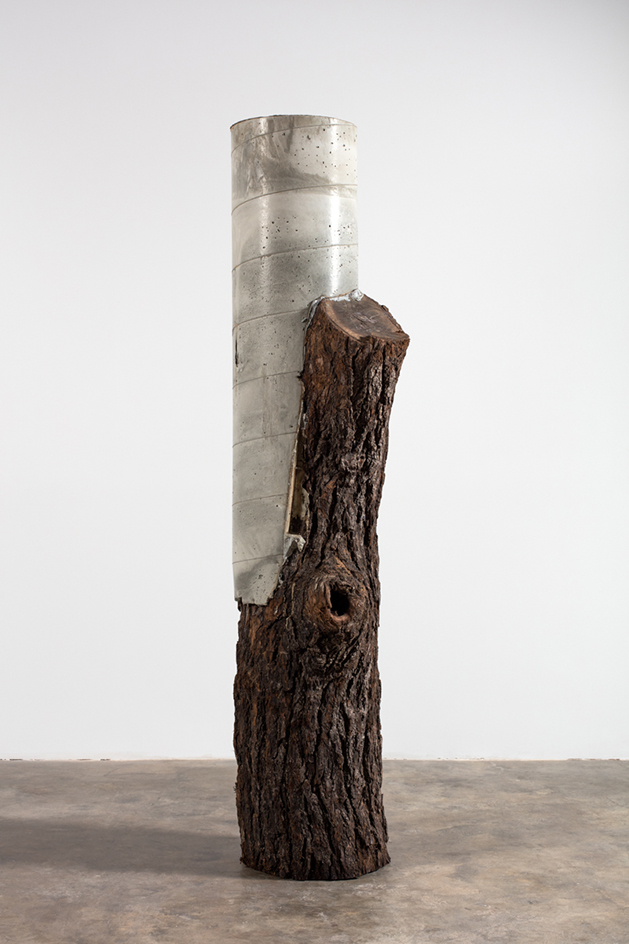
The artist explains: ‘I was building crude models of pipes in the studio, imagining them as apertures, viewing devices that could be placed in a landscape, ways of making connections between places.' Pictured: Natural Man, 2015
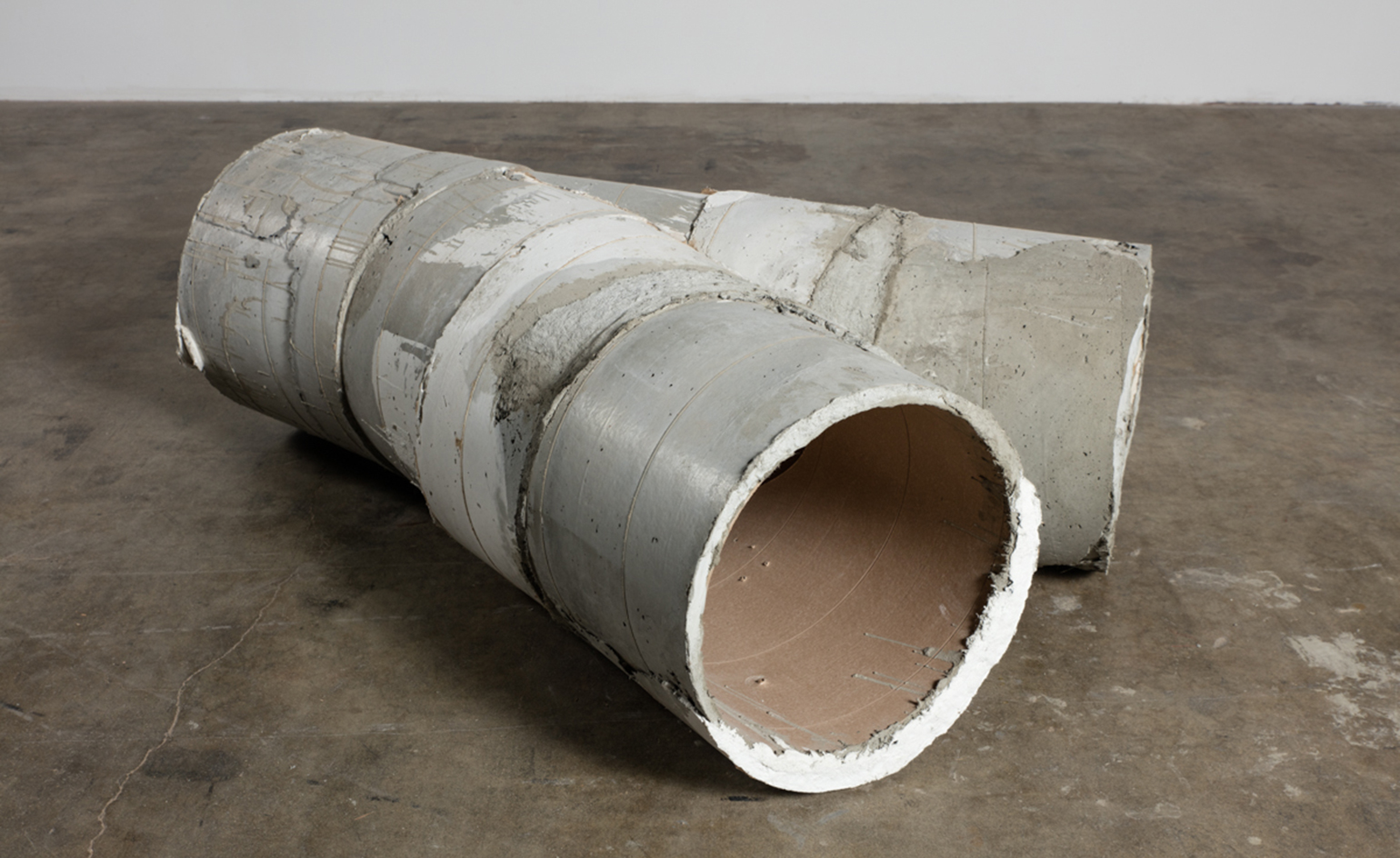
The new site-specific work expresses our troubled relationship with our surroundings and questions the impact of our industrial constructions on the environment. Pictured: Pipe Prototype, 2015
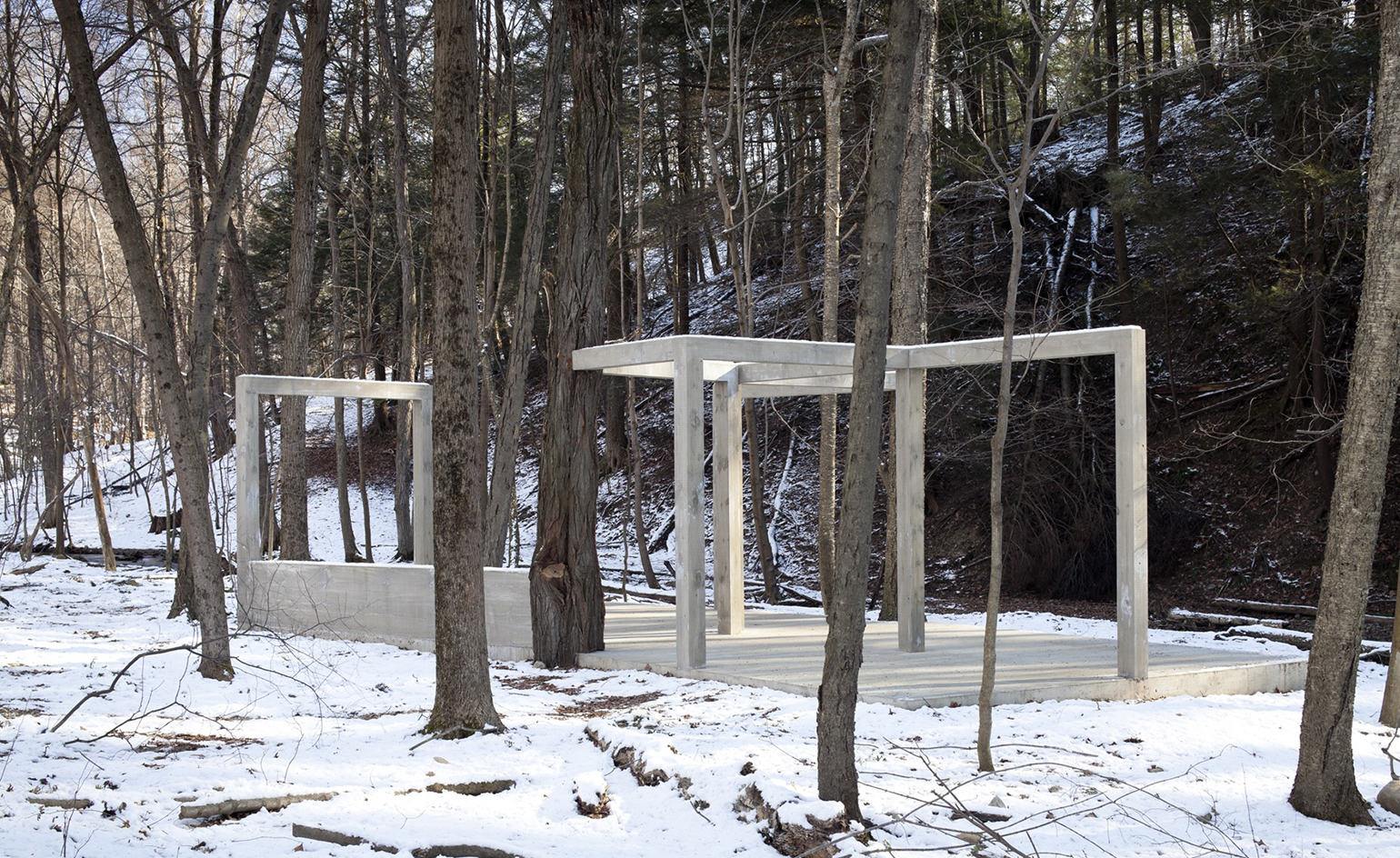
Tuazon says, ‘An artwork can create spatial situations that don't exist anywhere else, things that would literally be illegal to build as architecture. There are very real practical benefits to this kind of privilege, I try to take advantage of that and build things that should not be built.' Pictured: An Error, 2011, installation view
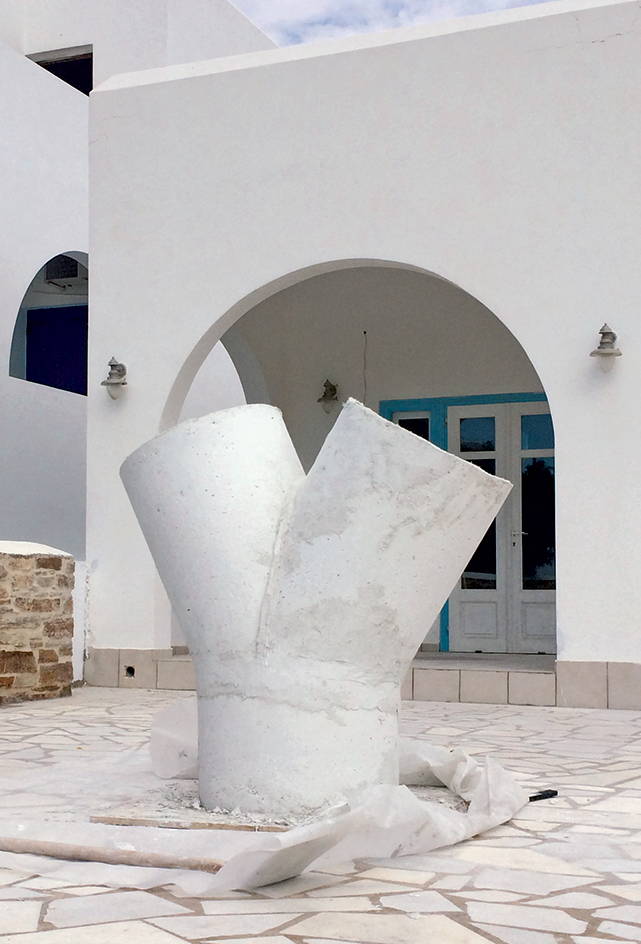
Process view of Sun Riot (scale model), 2015
INFORMATION
'Hammer Projects: Oscar Tuazon' is now on view until 15 May
Photography courtesy of the artist and Hammer Museum
ADDRESS
Hamme Museum
10899 Wilshire Boulevard
Los Angeles, California
Receive our daily digest of inspiration, escapism and design stories from around the world direct to your inbox.
Charlotte Jansen is a journalist and the author of two books on photography, Girl on Girl (2017) and Photography Now (2021). She is commissioning editor at Elephant magazine and has written on contemporary art and culture for The Guardian, the Financial Times, ELLE, the British Journal of Photography, Frieze and Artsy. Jansen is also presenter of Dior Talks podcast series, The Female Gaze.
-
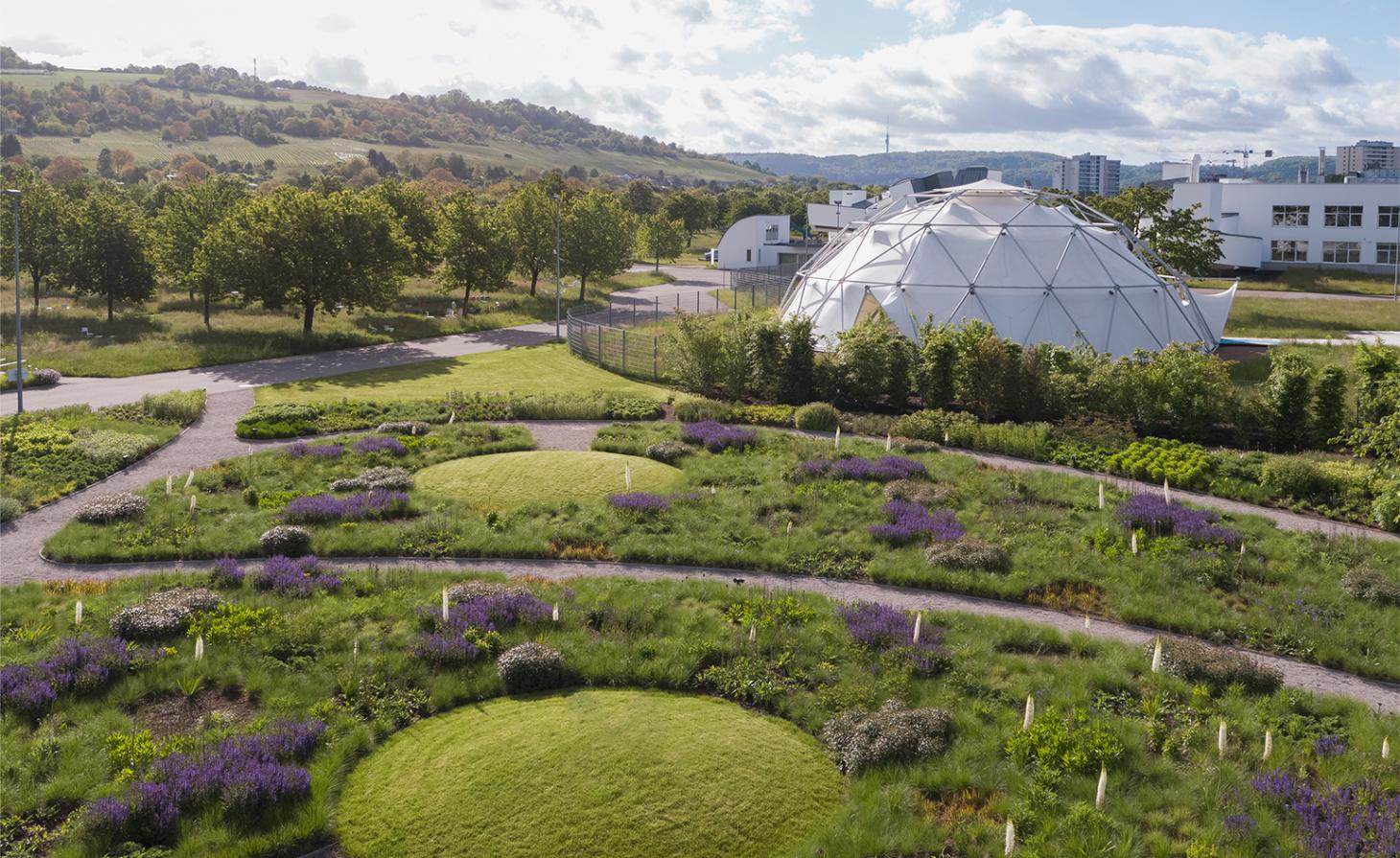 Piet Oudolf is the world’s meadow-garden master: tour his most soul-soothing outdoor spaces
Piet Oudolf is the world’s meadow-garden master: tour his most soul-soothing outdoor spacesPiet Oudolf is one of the most impactful contemporary masters of landscape and garden design; explore our ultimate guide to his work
-
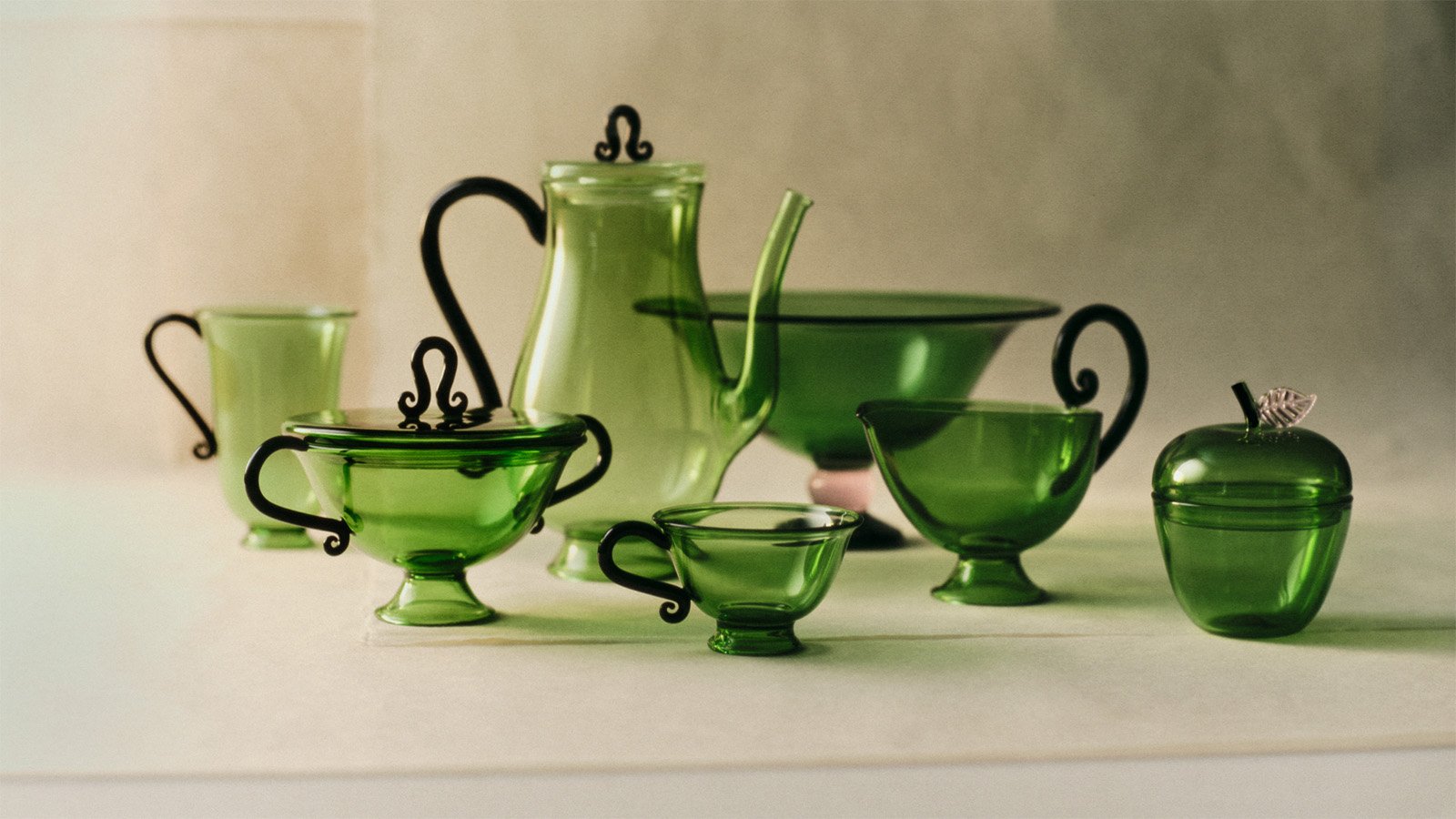 Sophie Lou Jacobsen’s glass tableware is fit for a hotel-style breakfast at home
Sophie Lou Jacobsen’s glass tableware is fit for a hotel-style breakfast at homeThe French-American designer unveils her ‘Continental Collection’, a playful and elegant take on classic breakfast tableware
-
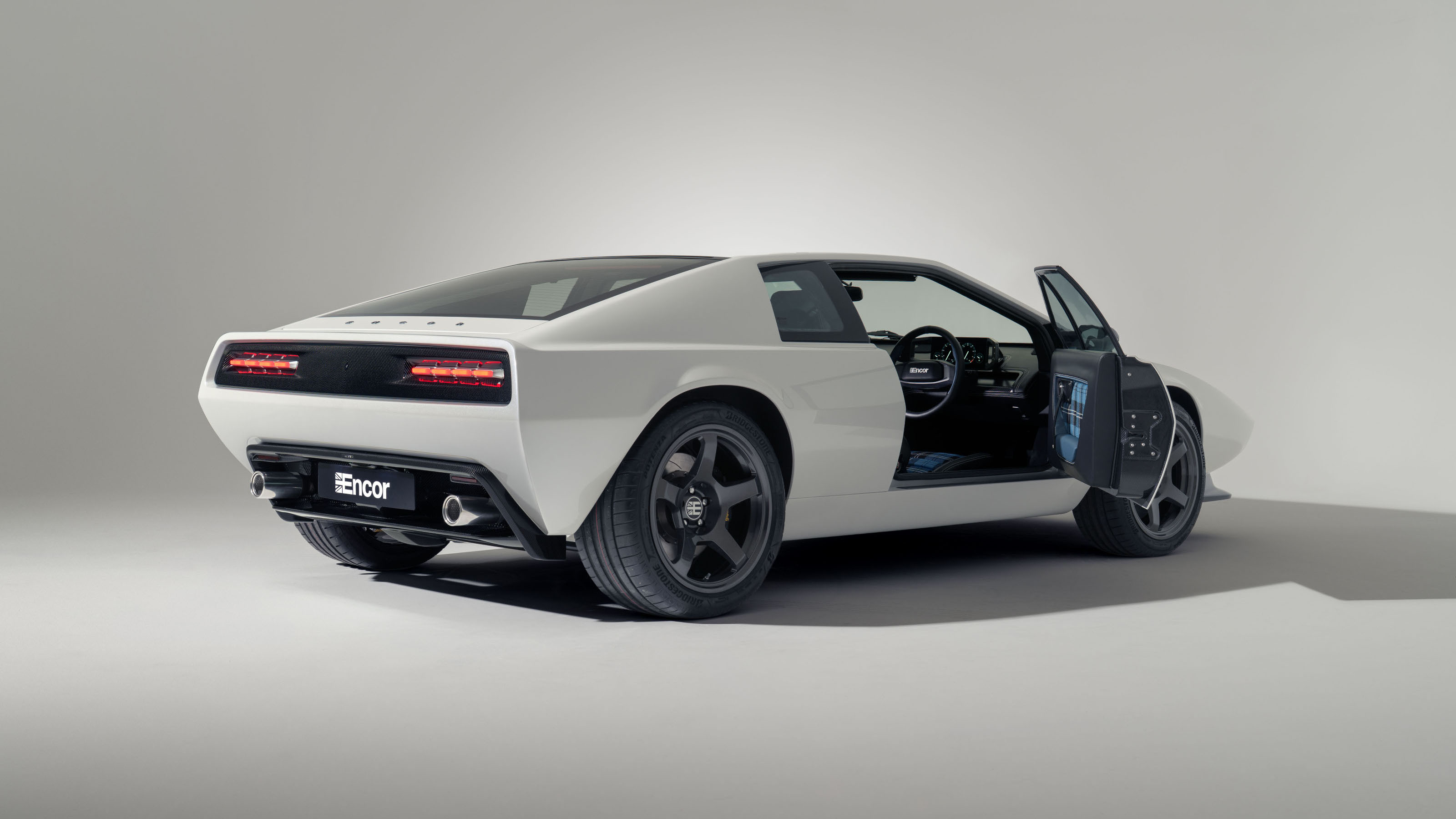 Hanker after a 1970s supercar? The Encor Series 1 elevates the Lotus Esprit to a new level
Hanker after a 1970s supercar? The Encor Series 1 elevates the Lotus Esprit to a new levelThis limited-edition remastering of the dramatic wedge-shaped Lotus Esprit stops at nothing to improve and enhance the original without losing sight of its analogue excellence
-
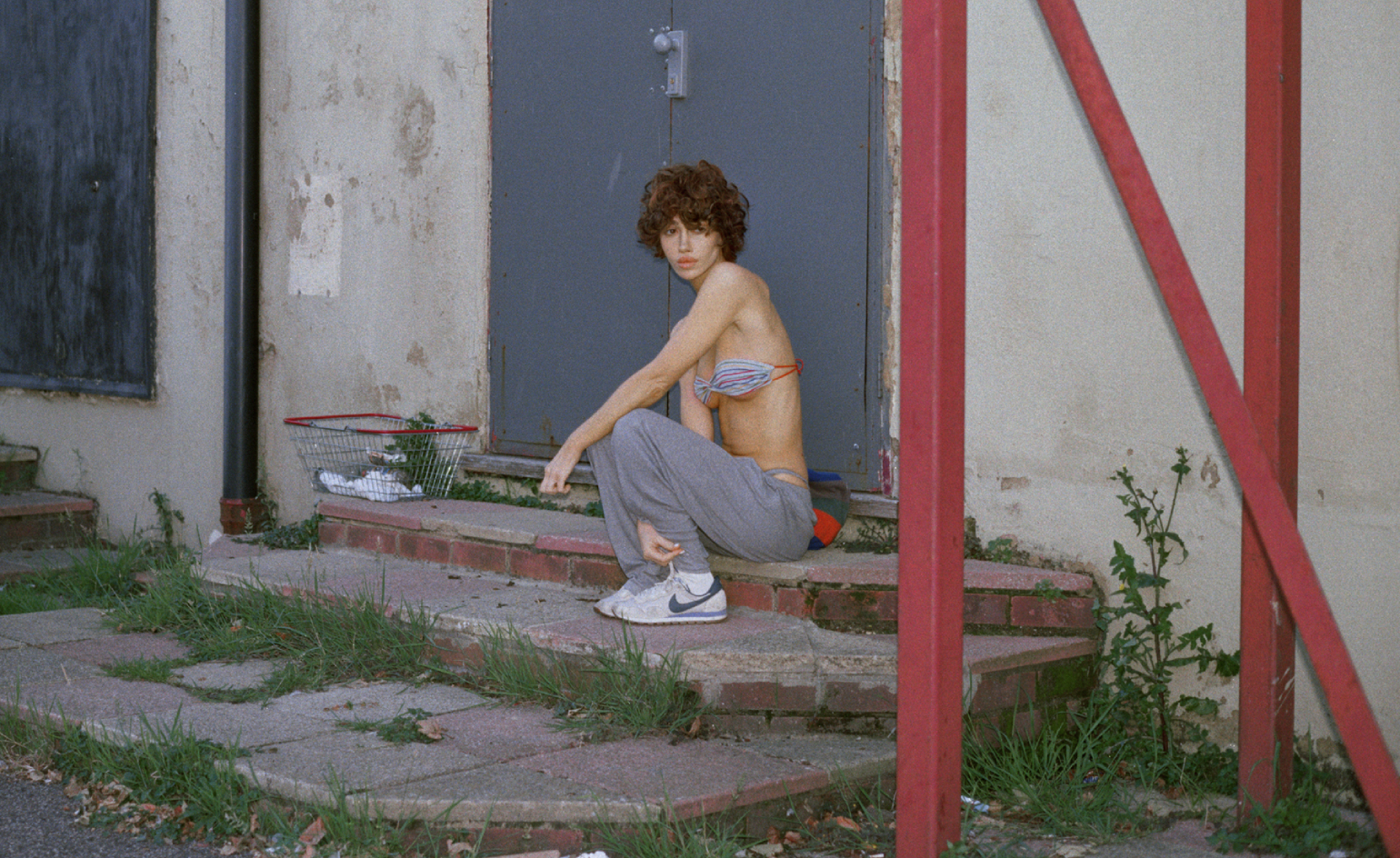 Nadia Lee Cohen distils a distant American memory into an unflinching new photo book
Nadia Lee Cohen distils a distant American memory into an unflinching new photo book‘Holy Ohio’ documents the British photographer and filmmaker’s personal journey as she reconnects with distant family and her earliest American memories
-
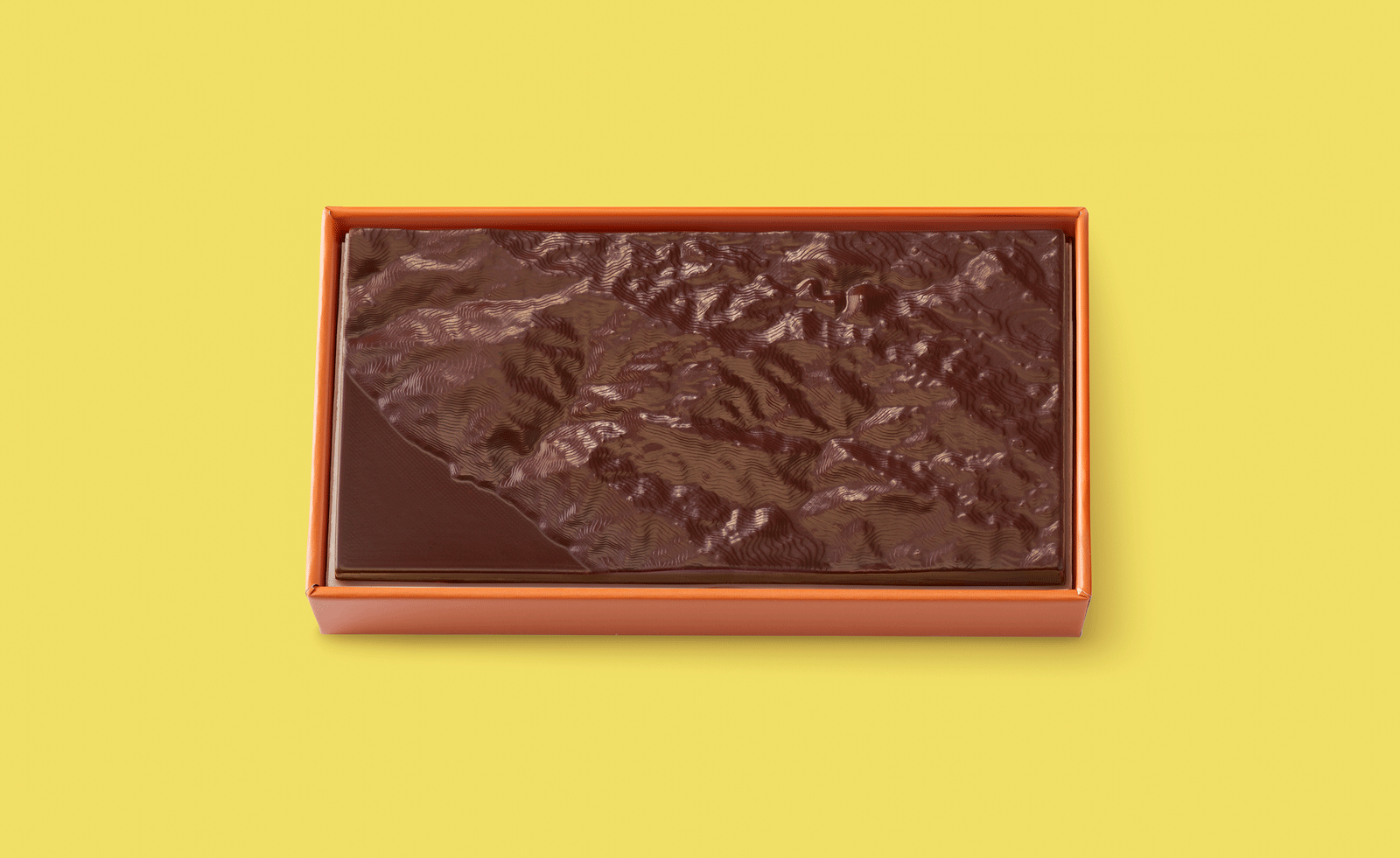 Ed Ruscha’s foray into chocolate is sweet, smart and very American
Ed Ruscha’s foray into chocolate is sweet, smart and very AmericanArt and chocolate combine deliciously in ‘Made in California’, a project from the artist with andSons Chocolatiers
-
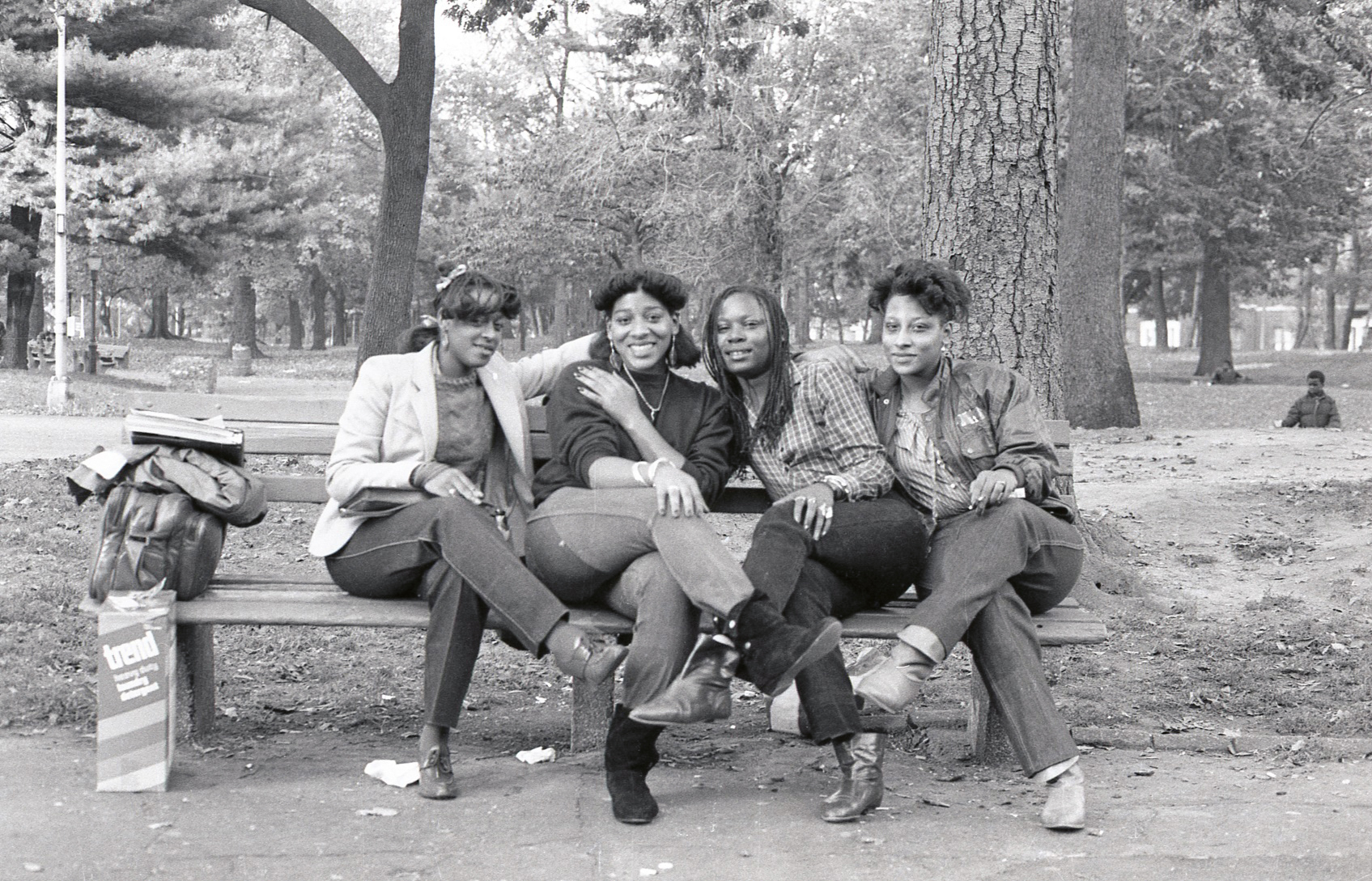 Jamel Shabazz’s photographs are a love letter to Prospect Park
Jamel Shabazz’s photographs are a love letter to Prospect ParkIn a new book, ‘Prospect Park: Photographs of a Brooklyn Oasis, 1980 to 2025’, Jamel Shabazz discovers a warmer side of human nature
-
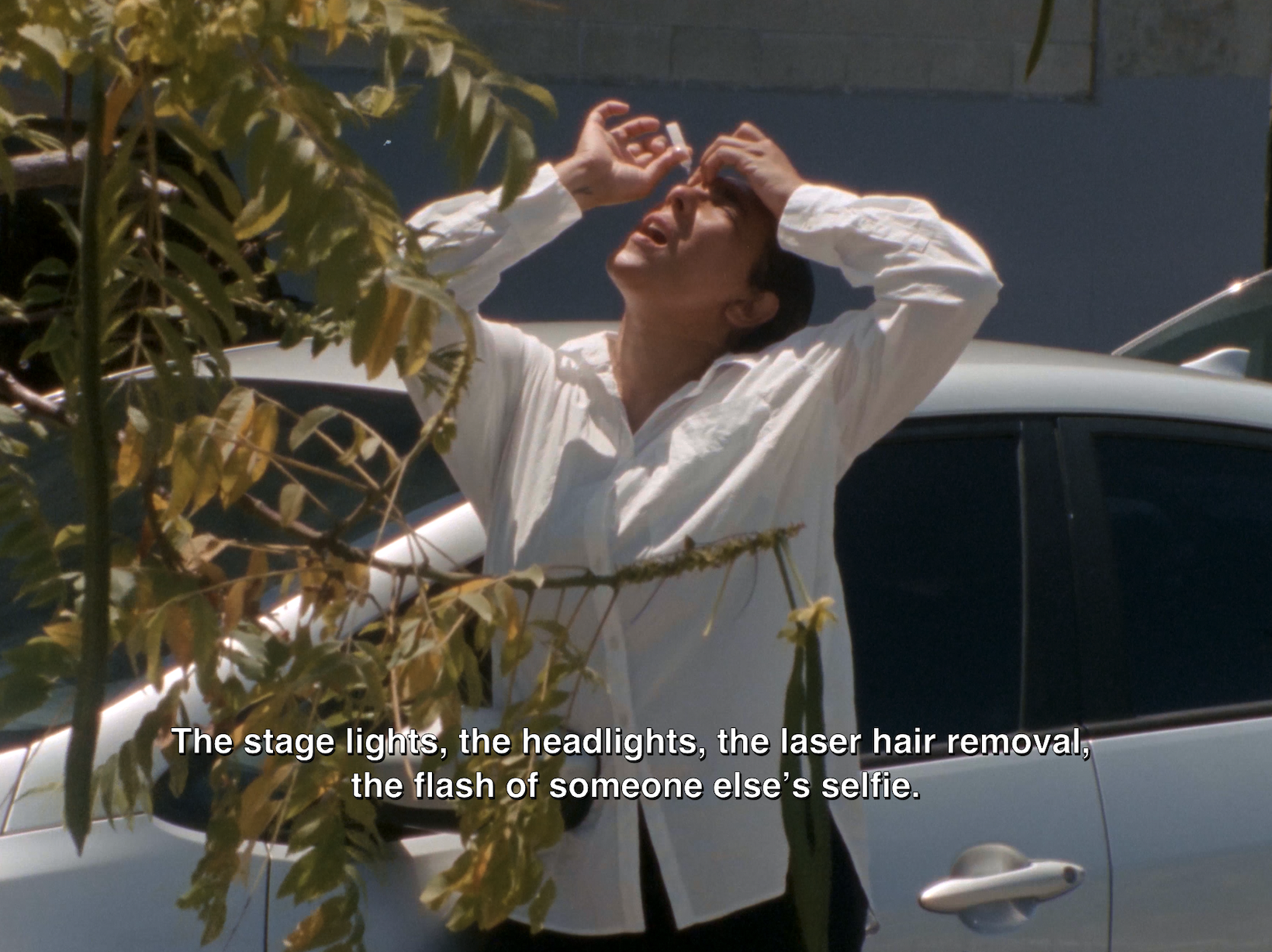 The Hammer Museum in Los Angeles launches the seventh iteration of its highly anticipated artist biennial
The Hammer Museum in Los Angeles launches the seventh iteration of its highly anticipated artist biennialOne of the gallery's flagship exhibitions, Made in LA showcases the breadth and depth of the city's contemporary art scene
-
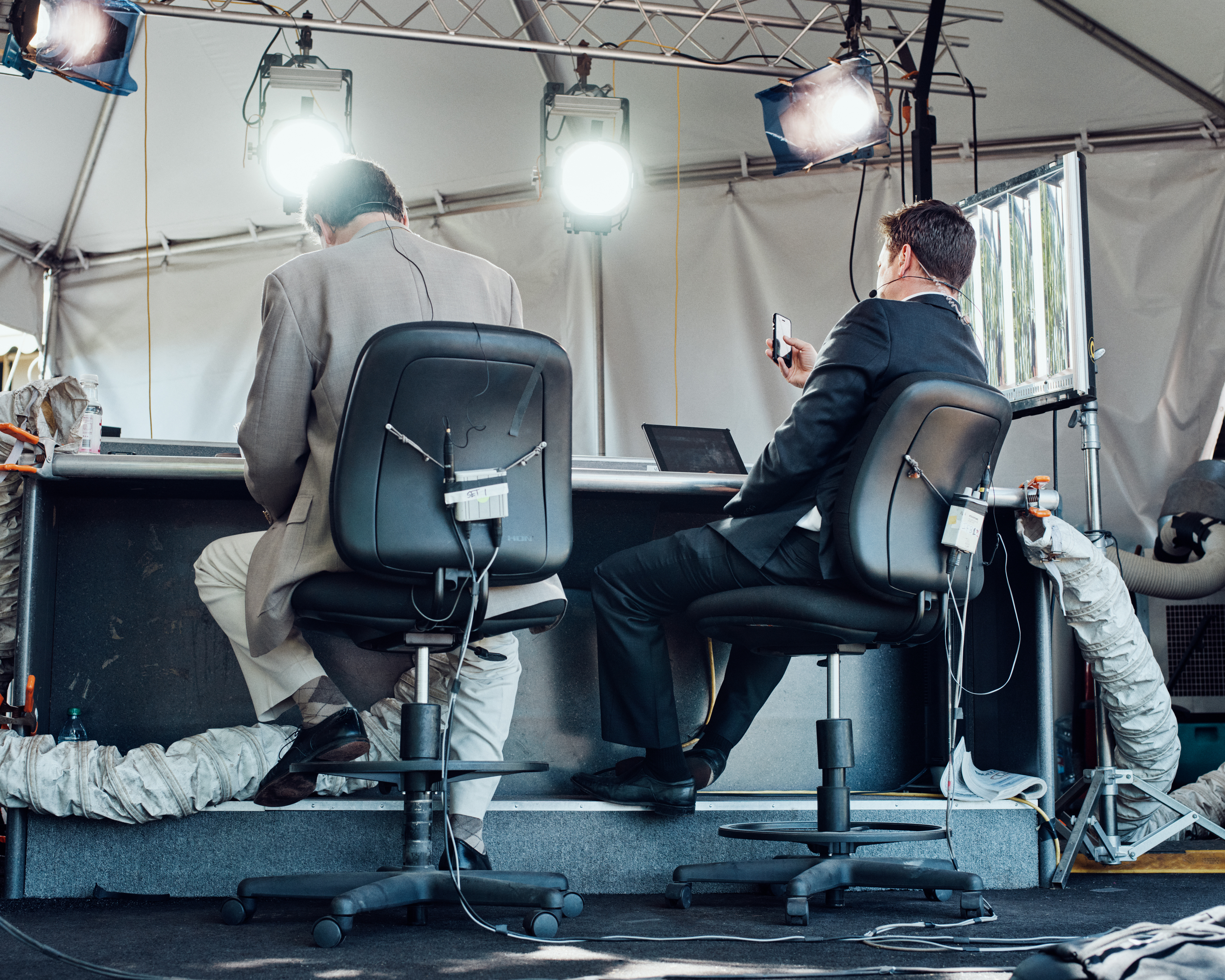 Thomas Prior’s photography captures the uncanny fragility of American life
Thomas Prior’s photography captures the uncanny fragility of American lifeA new book unites two decades of the photographer’s piercing, uneasy work
-
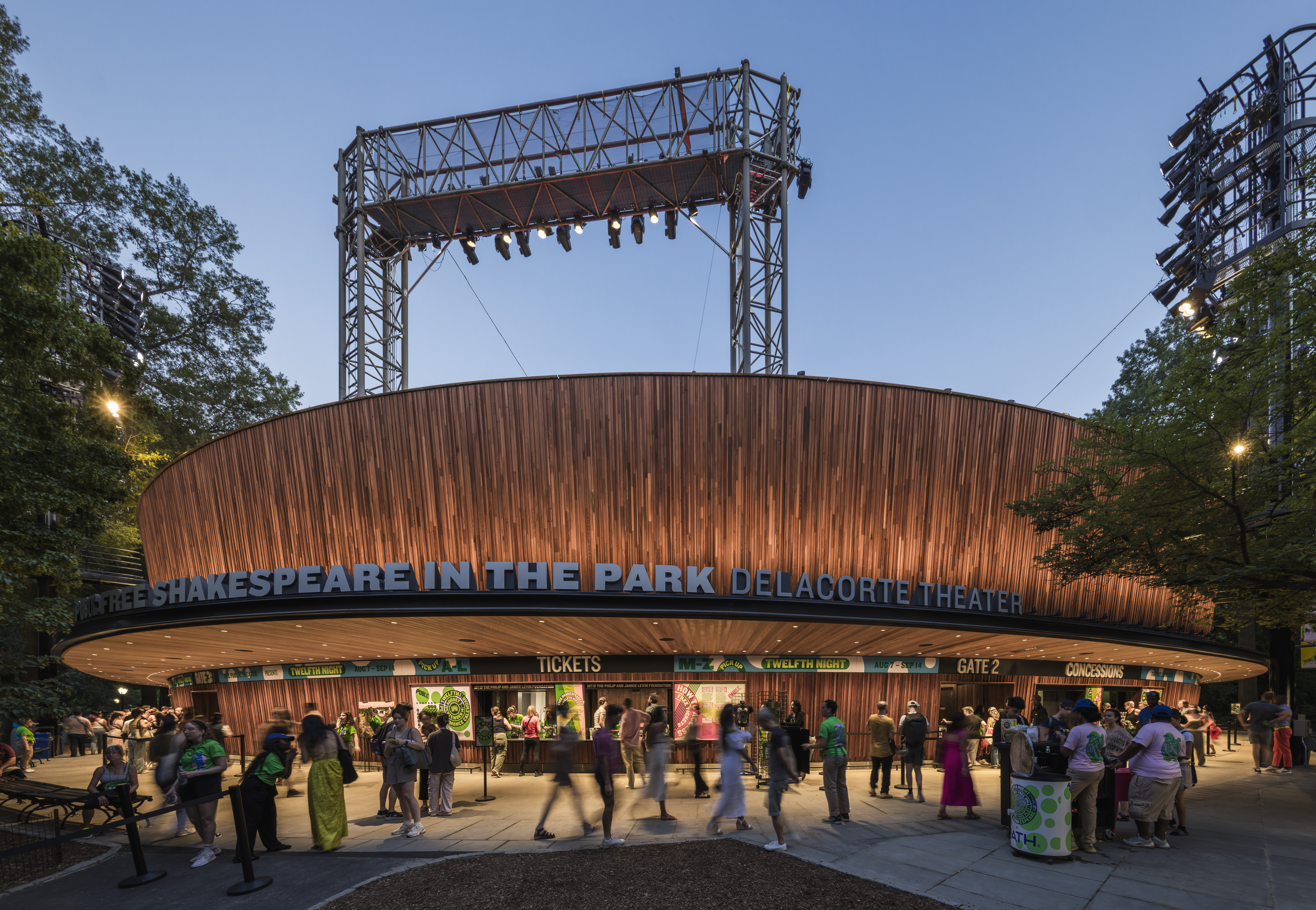 Central Park’s revitalised Delacorte Theater gears up for a new future
Central Park’s revitalised Delacorte Theater gears up for a new futureEnnead Architects helmed an ambitious renovation process that has given the New York City cultural landmark a vibrant and more accessible future
-
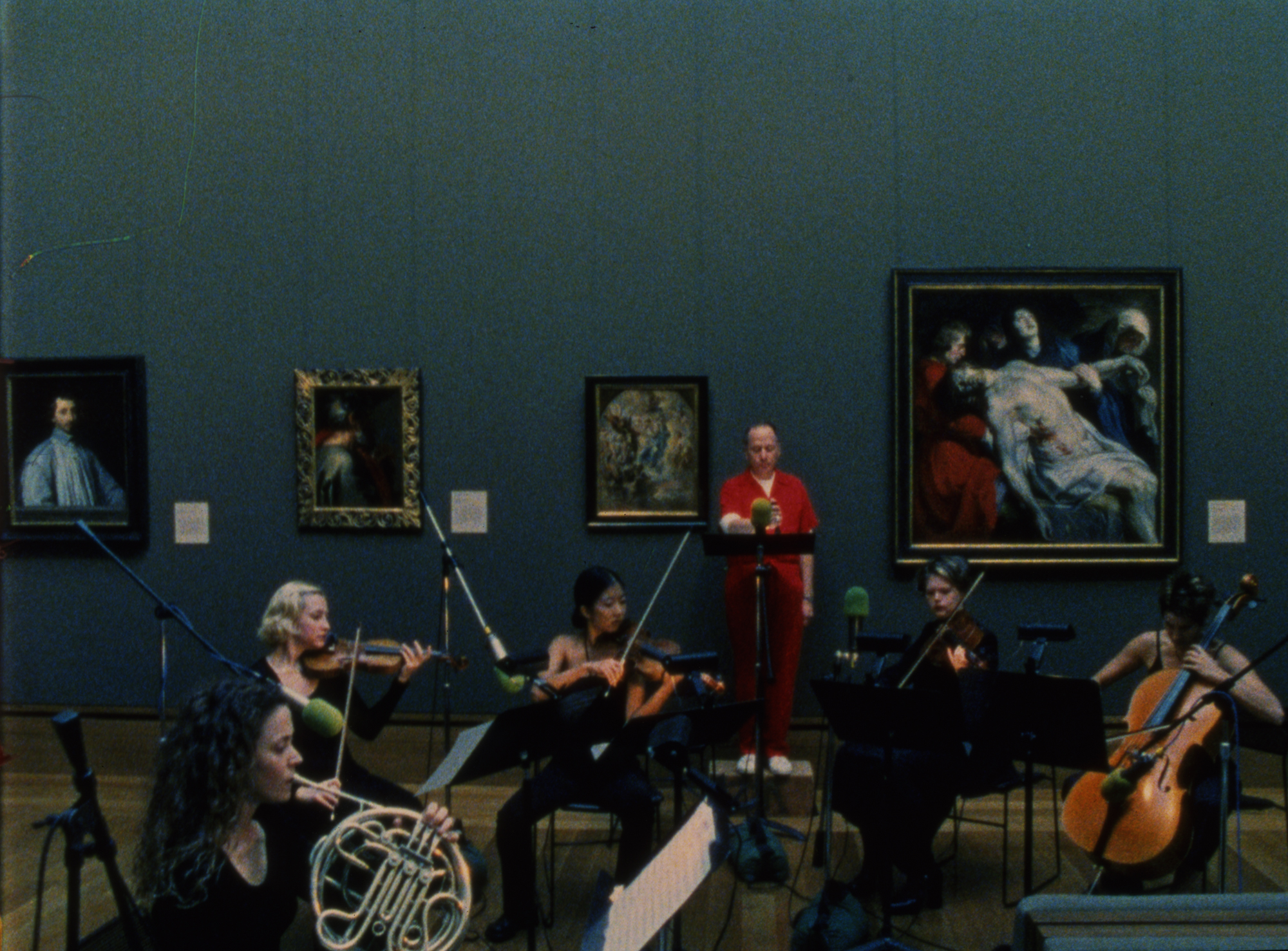 Stephen Prina borrows from pop, classical and modern music: now MoMA pays tribute to his performance work
Stephen Prina borrows from pop, classical and modern music: now MoMA pays tribute to his performance work‘Stephen Prina: A Lick and a Promise’ recalls the artist, musician, and composer’s performances, and is presented throughout MoMA. Prina tells us more
-
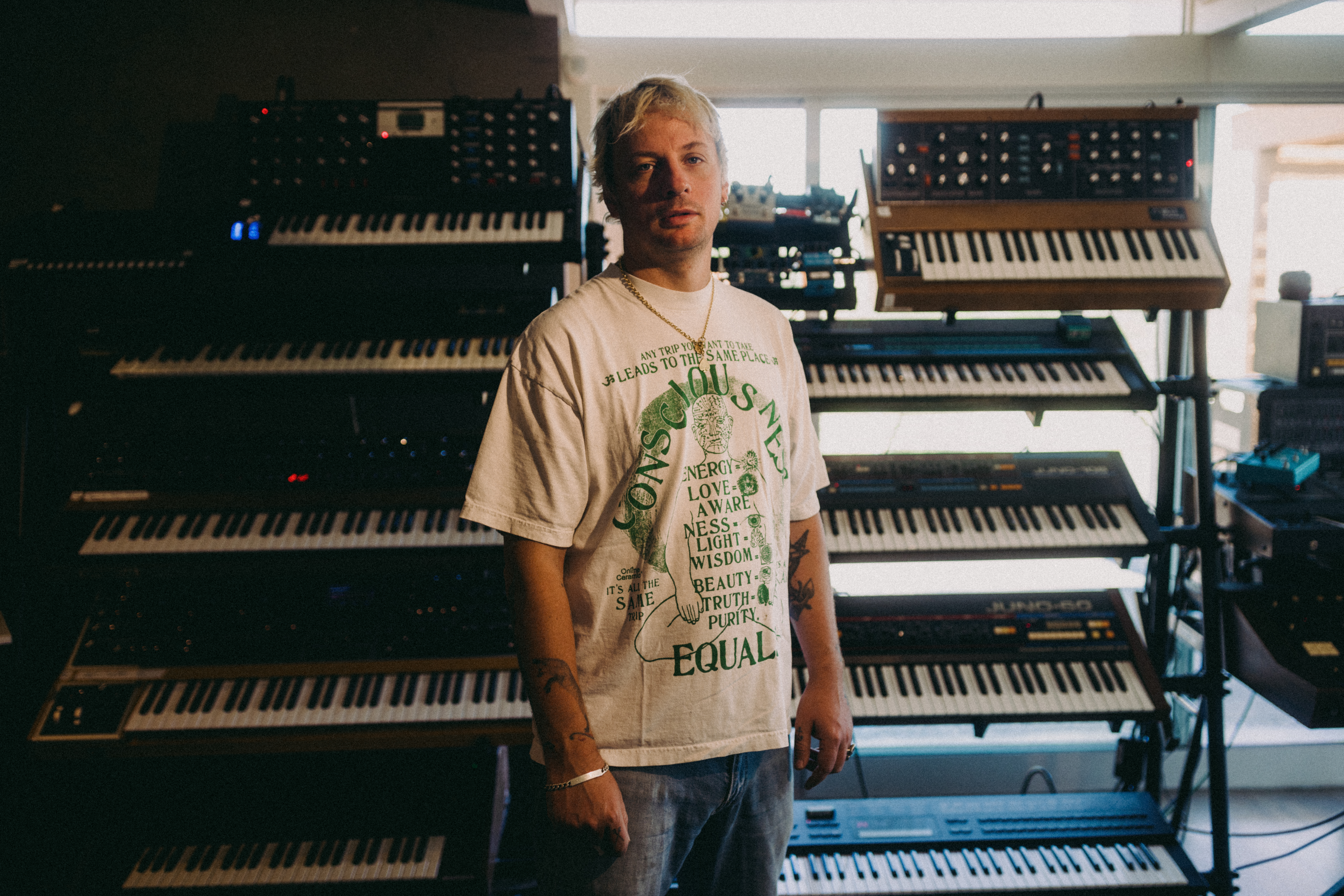 Curtains up, Kid Harpoon rethinks the sound of Broadway production ‘Art’
Curtains up, Kid Harpoon rethinks the sound of Broadway production ‘Art’He’s crafted hits with Harry Styles and Miley Cyrus; now songwriter and producer Kid Harpoon (aka Tom Hull) tells us about composing the music for the new, all-star Broadway revival of Yasmina Reza’s play ‘Art’